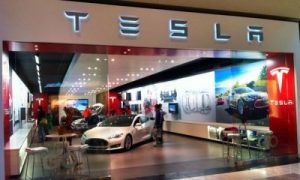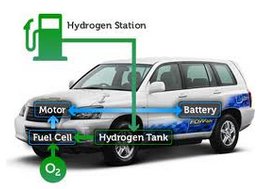Lux study on impact of Trump administration: No matter what the Trump administration’s agenda becomes on energy and environmental issues, the market is filling some of that void, according to a Lux Research analysis paper. Lux examined Trump’s America First Energy Plan and found that  renewables and energy storage are well positioned to continue seeing strong growth. State-level policies have been drivers and will continue. Renewable fuels are most vulnerable to Trump’s agenda. “With uncertainty looming and the administration continuing to consider oil-and gas-friendly policies, Trump’s decision to remove the renewable fuel obligation could alter a decade-old ethanol industry,” the report said.
renewables and energy storage are well positioned to continue seeing strong growth. State-level policies have been drivers and will continue. Renewable fuels are most vulnerable to Trump’s agenda. “With uncertainty looming and the administration continuing to consider oil-and gas-friendly policies, Trump’s decision to remove the renewable fuel obligation could alter a decade-old ethanol industry,” the report said.
Despite the administration’s political agenda, the president’s actual influence will have an overall moderate impact in the U.S. energy landscape, the paper said. That seems to be the case with plug-in electrified vehicles sales in the U.S. and two other key global markets – demand is up even if federal government support may go away and the Trump administration has backed away from supporting the Paris climate accord. According to yesterday’s Green Auto Market Extended Edition, U.S., plug-in hybrid sales were up about 44% for the first half of 2017 versus that time period in 2016. Battery electric vehicle sales were up 29.2% for that period. Europe is up 27% in plug-in vehicle sales for this year (through May), with plug-in vehicle share at 1.4% of new vehicle sales during that period. In China, “new energy vehicle” sales, aka plug-in vehicle sales, reached about 195,000 sold in the first half of the year, up 14.4% year-over-year. June saw a real rebound in the China market, which had been down earlier in the year. June sales hit about 59,000 units sold, up 33.0% year-over-year. PEV sales made up about 2.7% of new vehicle sales in China during June.
Musk on AI and state sales bans: Tesla CEO Elon Musk warned a meeting of U.S. governors on Saturday that government regulation of artificial intelligence is needed because it’s a “fundamental risk to the existence of human civilization.” Musk has taken a cautious approach to the AI question in recent years, using his experience with SpaceX missions and developing automated Tesla vehicles as reference. He addressed questions on space travel, self-driving cars, and solar power, at the summer conference of the National Governors Association in Rhode Island. He also brought up the controversial topic of states getting rid of laws blocking Tesla from selling its cars at corporate stores instead of through a franchised dealer network.
VW versus Tesla: Volkswagen is tapping into its mass production, economies of scale advantage to sell its ID concept vehicles at a much cheaper price than the upcoming Tesla Model 3. 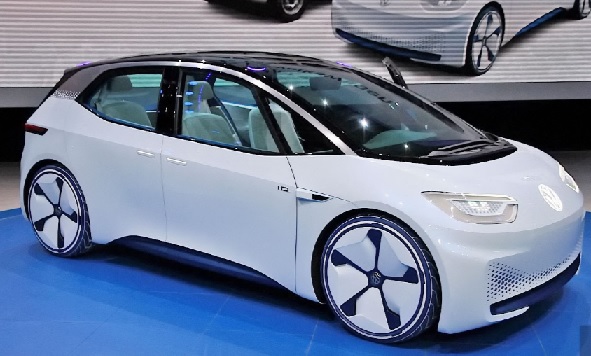 VW’s Chief of Corporate Strategy Thomas Sedran said in an interview with German site Automobil Produktion that the starting price for an ID will be down to $27,000 before incentives – $8,000 cheaper than the $35,000 Model 3. That will still take a while as the German automaker’s ID portfolio is still in the early development phase; it will take a few years for the first one to show up at dealerships.
VW’s Chief of Corporate Strategy Thomas Sedran said in an interview with German site Automobil Produktion that the starting price for an ID will be down to $27,000 before incentives – $8,000 cheaper than the $35,000 Model 3. That will still take a while as the German automaker’s ID portfolio is still in the early development phase; it will take a few years for the first one to show up at dealerships.

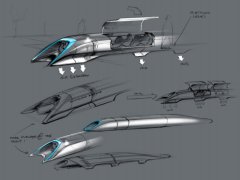 the next few weeks, the startup said. Inspired by Tesla CEO Elon Musk in 2013, Los Angeles-based Hyperloop One is ready to take the pod transport through vacuum tubes in what could someday be a very fast ride between San Francisco and LA. The goal is to reach 250 miles per hour, which would shorten the car trip quite a bit.
the next few weeks, the startup said. Inspired by Tesla CEO Elon Musk in 2013, Los Angeles-based Hyperloop One is ready to take the pod transport through vacuum tubes in what could someday be a very fast ride between San Francisco and LA. The goal is to reach 250 miles per hour, which would shorten the car trip quite a bit.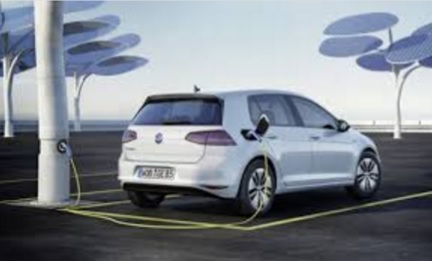 forecasting that electric cars will be reducing oil demand significantly by 2040. That comes from forecasts presented by OPEC, Exxon Mobil, and BP. OPEC quintupled its forecast for sales of plug-in sales, while Exxon Mobil, BP, and other oil producers also revised up their outlooks in the past year.
forecasting that electric cars will be reducing oil demand significantly by 2040. That comes from forecasts presented by OPEC, Exxon Mobil, and BP. OPEC quintupled its forecast for sales of plug-in sales, while Exxon Mobil, BP, and other oil producers also revised up their outlooks in the past year. model to roll off the production line. Tesla board member Ira Ehrenpreis had been the first make a down payment on the Model 3, but had turned over his rights to the first production model to Musk as a birthday gift. Musk, who turned 46, had previously purchased the very first Tesla Roadster and Model X, but not the Model S. The company is scheduled to deliver 30 of these units by the end of this month and aims to reach 20,000 units per month by December.
model to roll off the production line. Tesla board member Ira Ehrenpreis had been the first make a down payment on the Model 3, but had turned over his rights to the first production model to Musk as a birthday gift. Musk, who turned 46, had previously purchased the very first Tesla Roadster and Model X, but not the Model S. The company is scheduled to deliver 30 of these units by the end of this month and aims to reach 20,000 units per month by December.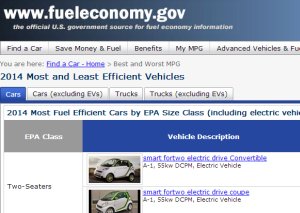 offers an effective policy solution that will increase adoption of PEVs. That will be the case whether implemented alone or with another policy such as government incentives, according to the study. The current standards determine an automaker’s compliance based on annual production volume-weighted average fuel economy of the automaker’s fleet of total vehicles manufactured. The Trump administration is expected to wait until the original deadline of April 2018 to finalize the second phase of rules through 2025; and will probably soften the standards. Selling much higher volumes of PEVs would resolve that problem; automakers will be motivated to build a wide selection of PEV models and market them effectively to hit federal targets, even if softened by the Trump administration.
offers an effective policy solution that will increase adoption of PEVs. That will be the case whether implemented alone or with another policy such as government incentives, according to the study. The current standards determine an automaker’s compliance based on annual production volume-weighted average fuel economy of the automaker’s fleet of total vehicles manufactured. The Trump administration is expected to wait until the original deadline of April 2018 to finalize the second phase of rules through 2025; and will probably soften the standards. Selling much higher volumes of PEVs would resolve that problem; automakers will be motivated to build a wide selection of PEV models and market them effectively to hit federal targets, even if softened by the Trump administration.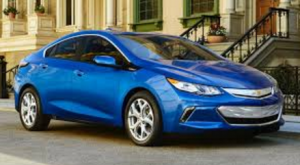 September sales: The
September sales: The 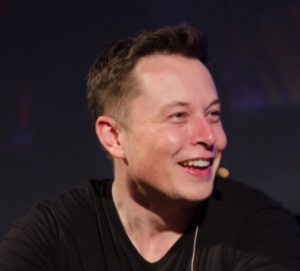 As seen in Green Auto Market and automotive media in general, Tesla Motors can seize center stage for periods of time and then do it again. In the past few years, other automakers (like Subaru, Hyundai, and Kia) have surged forward in sales and market presence; but their brand imaging pales in comparison. That being said, here’s my latest reality check on Tesla’s performance:
As seen in Green Auto Market and automotive media in general, Tesla Motors can seize center stage for periods of time and then do it again. In the past few years, other automakers (like Subaru, Hyundai, and Kia) have surged forward in sales and market presence; but their brand imaging pales in comparison. That being said, here’s my latest reality check on Tesla’s performance: